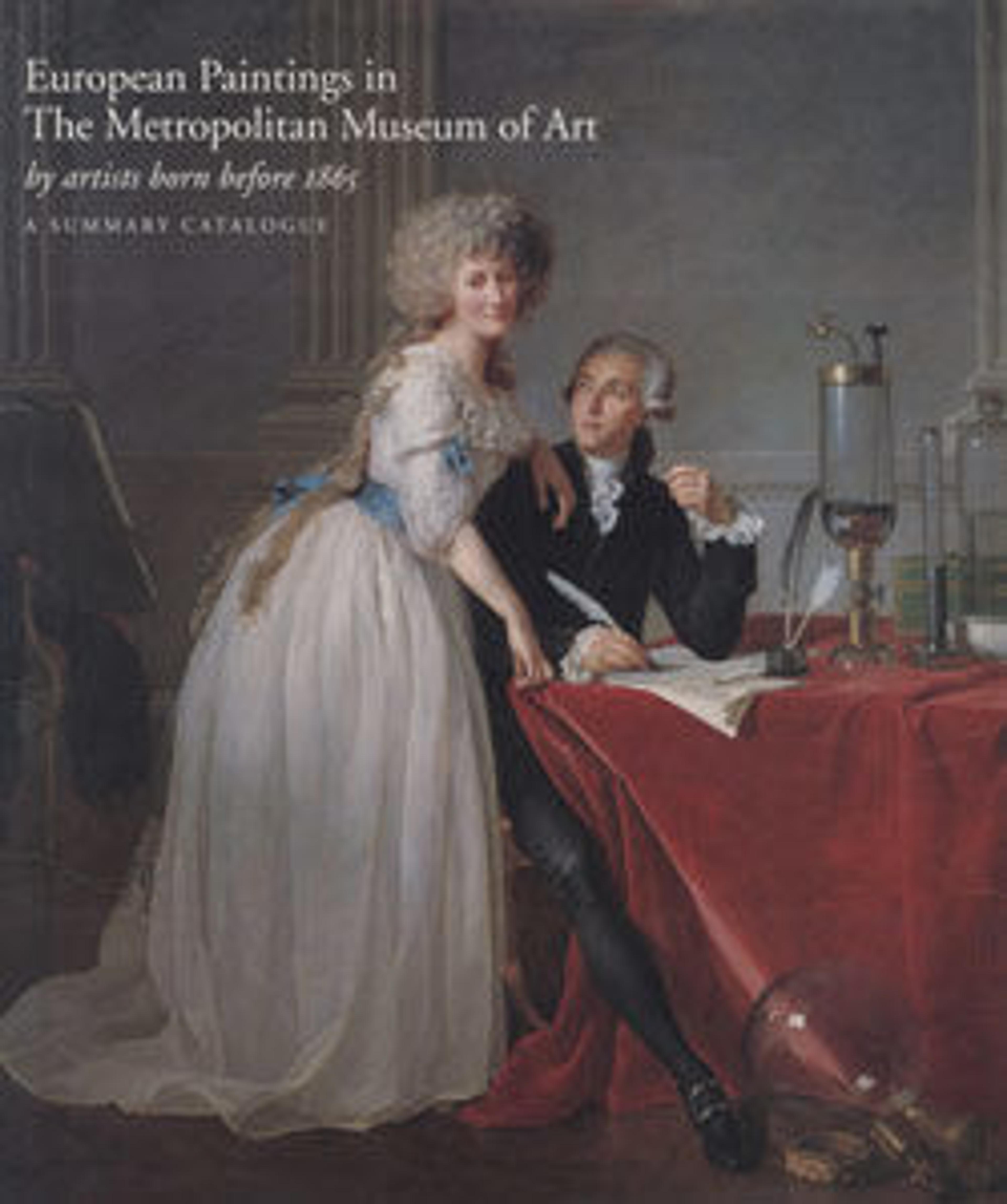Saint Paul
The apostle Paul holds the sword of his martyrdom and his epistle to the Romans. This is one of the few large-scale panels by Niccolò di Buonaccorso, who seems to have specialized in small works for private devotion. No other panels from this altarpiece are known. It is a late work.
Artwork Details
- Title:Saint Paul
- Artist:Niccolò di Buonaccorso (Italian, active Siena by 1372–died 1388 Siena)
- Medium:Tempera on wood, gold ground
- Dimensions:Overall, with shaped top and engaged frame, 60 x 16 1/2 in. (152.4 x 41.9 cm); painted surface 52 3/8 x 16 1/2 in. (133 x 41.9 cm)
- Classification:Paintings
- Credit Line:Bequest of George Blumenthal, 1941
- Object Number:41.190.531
- Curatorial Department: European Paintings
More Artwork
Research Resources
The Met provides unparalleled resources for research and welcomes an international community of students and scholars. The Met's Open Access API is where creators and researchers can connect to the The Met collection. Open Access data and public domain images are available for unrestricted commercial and noncommercial use without permission or fee.
To request images under copyright and other restrictions, please use this Image Request form.
Feedback
We continue to research and examine historical and cultural context for objects in The Met collection. If you have comments or questions about this object record, please contact us using the form below. The Museum looks forward to receiving your comments.
